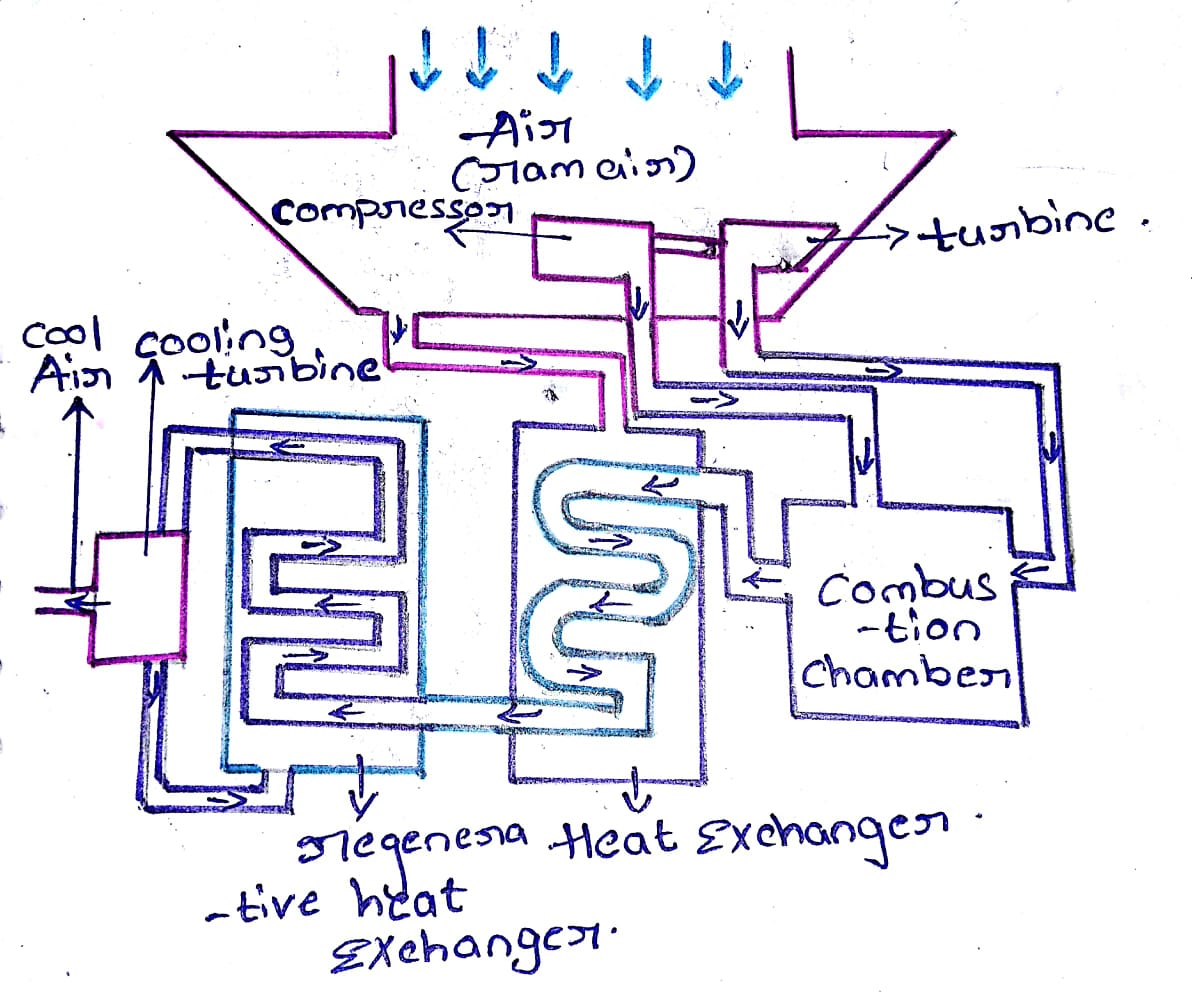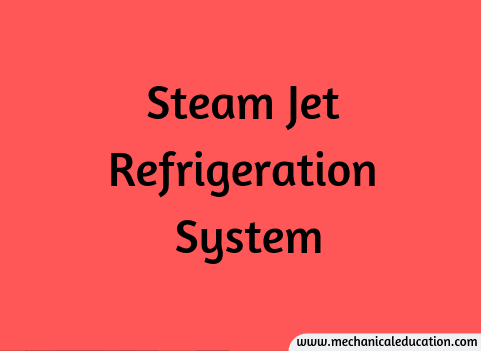What is Hydrocarbon Refrigerant?
A hydrocarbon refrigerant is a type of natural refrigerant that consists of compounds made up of hydrogen (H) and carbon (C) atoms. Hydrocarbon refrigerants are organic compounds that belong to the broader category of natural refrigerants, which also includes substances like ammonia (NH3), carbon dioxide (CO2), and water (H2O). Hydrocarbon refrigerants are characterized by their environmental friendliness and low global warming potential (GWP).
Common hydrocarbon refrigerants include:
- Propane (R-290):
- Propane is a hydrocarbon refrigerant widely used in household and commercial refrigeration applications. It has a low GWP and is considered environmentally friendly.
- Isobutane (R-600a):
- Isobutane is another hydrocarbon refrigerant commonly used in refrigerators and freezers. Like propane, it has a low GWP and is non-ozone-depleting.
- Propylene (R-1270):
- Propylene is used as a hydrocarbon refrigerant in certain applications. It is considered a low-GWP alternative and is part of efforts to transition away from high-GWP synthetic refrigerants.
Advantages of Hydrocarbon Refrigerants
- Low Global Warming Potential (GWP): Hydrocarbon refrigerants have low GWPs, contributing to their reduced impact on climate change compared to some synthetic refrigerants.
- Zero Ozone Depletion Potential (ODP): Hydrocarbon refrigerants do not contribute to ozone layer depletion, making them environmentally friendly in this regard.
- Energy Efficiency: Hydrocarbon refrigerants often exhibit good thermodynamic properties, contributing to the energy efficiency of refrigeration systems.
- Readily Available and Cost-Effective: Hydrocarbons are readily available, and their production is cost-effective, providing an economical and sustainable option for refrigeration.
It’s important to note that while hydrocarbon refrigerants offer environmental benefits, their use is subject to safety regulations and standards. Hydrocarbons are flammable, and proper handling, storage, and equipment design are crucial to ensure safety. Refrigeration systems using hydrocarbon refrigerants must comply with safety codes and standards to mitigate potential risks associated with flammability. As a result, hydrocarbon refrigerants are commonly used in specific applications where safety considerations can be effectively addressed.
Why is it Important to Foodservice Operations?
The use of hydrocarbon refrigerants in foodservice operations is important for several reasons, primarily due to their environmental friendliness, energy efficiency, and regulatory compliance.
Here are key reasons why hydrocarbon refrigerants are important in foodservice operations:
- Environmental Sustainability:
- Hydrocarbon refrigerants have low global warming potential (GWP) and zero ozone depletion potential (ODP). Choosing environmentally friendly refrigerants aligns with the foodservice industry’s commitment to sustainability and reducing its overall environmental impact.
- Regulatory Compliance:
- Many countries and regions have implemented or are planning to implement regulations to phase out or restrict the use of high-GWP synthetic refrigerants. Adopting hydrocarbon refrigerants helps foodservice operators comply with these regulations and stay ahead of future environmental standards.
- Energy Efficiency:
- Hydrocarbon refrigerants often exhibit good thermodynamic properties, contributing to the energy efficiency of refrigeration systems. Improved efficiency can lead to lower energy consumption and operational costs for foodservice establishments.
- Economic Benefits:
- Hydrocarbon refrigerants, such as propane and isobutane, are readily available and cost-effective. Utilizing these refrigerants can lead to economic benefits for foodservice operations, helping them manage costs while meeting environmental goals.
- Reduced Carbon Footprint:
- By choosing hydrocarbon refrigerants with low GWP, foodservice operations can significantly reduce their carbon footprint. This aligns with broader efforts to address climate change and promote sustainable practices within the food industry.
- Temperature Control and Food Safety:
- Hydrocarbon refrigerants provide effective temperature control, essential for maintaining food safety standards. Consistent and reliable refrigeration is crucial in preventing spoilage, ensuring food quality, and complying with health and safety regulations.
- Future-Proofing:
- Adopting hydrocarbon refrigerants positions foodservice operations for the future. As environmental regulations evolve, businesses that transition to environmentally friendly refrigerants are better prepared for changes in the industry landscape.
- Consumer Preferences:
- Many consumers are becoming more environmentally conscious and are likely to appreciate businesses that prioritize eco-friendly practices, including the use of sustainable refrigerants. It can contribute positively to the brand image and attract environmentally aware customers.
- Safety Measures:
- While hydrocarbons are flammable, modern refrigeration systems designed for hydrocarbon refrigerants incorporate safety features and comply with safety standards. Adherence to proper safety protocols ensures the safe use of hydrocarbon refrigerants in foodservice settings.
- Industry Leadership:
- Foodservice operations that proactively adopt sustainable and eco-friendly practices, including the use of hydrocarbon refrigerants, demonstrate leadership in the industry. This can lead to positive recognition, partnerships, and customer loyalty.
As the foodservice industry faces increasing pressure to address environmental concerns, the choice of refrigerants becomes a strategic decision. Hydrocarbon refrigerants offer a balance between environmental responsibility, energy efficiency, and economic considerations, making them a valuable choice for foodservice operations aiming for sustainable practices.
Types of Hydrocarbon Refrigerants
Hydrocarbon refrigerants are organic compounds composed of hydrogen and carbon atoms. They are considered natural refrigerants due to their environmental friendliness. Common hydrocarbon refrigerants used in various applications include:
- Propane (R-290):
- Characteristics: Propane is a hydrocarbon refrigerant widely used in household refrigerators, freezers, and commercial refrigeration systems. It has a low global warming potential (GWP) and zero ozone depletion potential (ODP). Propane is flammable but is safely used in refrigeration systems designed for its specific properties.
- Isobutane (R-600a):
- Characteristics: Isobutane is commonly used as a hydrocarbon refrigerant in household refrigerators and freezers. Similar to propane, it has a low GWP and zero ODP. Isobutane is flammable but poses minimal risk when used in appropriately designed systems.
- Propylene (R-1270):
- Characteristics: Propylene is a hydrocarbon refrigerant used in certain refrigeration and air conditioning applications. It has a low GWP and is considered environmentally friendly. Like other hydrocarbons, propylene is flammable, and safety measures are implemented in its use.
Each of these hydrocarbon refrigerants has specific properties that make them suitable for certain applications. They are recognized for their environmental benefits, such as low GWP and zero ODP, and are used as alternatives to synthetic refrigerants with higher environmental impact. However, it’s important to note that safety measures must be in place when handling and using hydrocarbon refrigerants due to their flammable nature. Proper system design, installation, and maintenance are essential to ensure the safe and effective use of hydrocarbon refrigerants in refrigeration and air conditioning systems.
Hydrocarbon Refrigerant Classifications
Hydrocarbon refrigerants are classified based on their molecular structure and composition. The primary hydrocarbon refrigerants used in the industry are propane (R-290), isobutane (R-600a), and propylene (R-1270). They are classified as follows:
- Alkanes (Paraffins):
- Examples: Propane (R-290), Isobutane (R-600a)
- Characteristics: Alkanes are saturated hydrocarbons consisting of only single-bonded carbon and hydrogen atoms. Propane and isobutane are examples of alkanes used as hydrocarbon refrigerants. They are characterized by their stability and non-reactivity.
- Alkenes (Olefins):
- Examples: Propylene (R-1270)
- Characteristics: Alkenes are unsaturated hydrocarbons containing at least one carbon-carbon double bond. Propylene is an example of an alkene used as a hydrocarbon refrigerant. It has unique properties that make it suitable for certain refrigeration applications.
- Isomers:
- Examples: Isomers are molecules with the same molecular formula but different structural arrangements. Isobutane is an isomer of butane, and its unique structure contributes to its specific properties as a refrigerant.
- Saturated Hydrocarbons:
- Examples: Propane (R-290), Isobutane (R-600a)
- Characteristics: Saturated hydrocarbons, also known as alkanes, have single bonds between carbon atoms. Propane and isobutane are examples of saturated hydrocarbons used as hydrocarbon refrigerants.
- Unsaturated Hydrocarbons:
- Examples: Propylene (R-1270)
- Characteristics: Unsaturated hydrocarbons, such as alkenes, have one or more carbon-carbon double bonds or triple bonds. Propylene is an unsaturated hydrocarbon used as a hydrocarbon refrigerant in specific applications.
- Linear Hydrocarbons:
- Examples: Propane (R-290)
- Characteristics: Linear hydrocarbons have a straight-chain molecular structure. Propane is an example of a linear hydrocarbon used as a hydrocarbon refrigerant.
- Branched Hydrocarbons:
- Examples: Isobutane (R-600a), Propylene (R-1270)
- Characteristics: Branched hydrocarbons have a molecular structure with side chains or branches. Isobutane and propylene are examples of branched hydrocarbons used as hydrocarbon refrigerants.
The classification of hydrocarbon refrigerants is based on their chemical structure, which influences their thermodynamic properties and suitability for different refrigeration applications. It’s important to consider these classifications when selecting and using hydrocarbon refrigerants to ensure compatibility with the intended refrigeration system and to adhere to safety guidelines due to their flammable nature.
Frequently Asked Questions – FAQ’s
What are hydrocarbon refrigerants?
Hydrocarbon refrigerants are natural refrigerants composed of carbon and hydrogen atoms. Common examples include propane (R-290), isobutane (R-600a), and propylene (R-1270).
What is the future outlook for hydrocarbon refrigerants in the refrigeration industry?
Hydrocarbon refrigerants are expected to play a significant role in the future of refrigeration as the industry moves toward environmentally friendly and sustainable solutions. Ongoing research aims to improve safety and expand applications.
Are hydrocarbon refrigerants more cost-effective than synthetic alternatives?
Hydrocarbon refrigerants, such as propane and isobutane, are often cost-effective and readily available. The economic benefits may vary depending on factors like system design and regional availability.
What safety precautions should be taken when using hydrocarbon refrigerants?
Safety precautions include proper ventilation, system design for flammability, leak detection, and adherence to safety standards. Qualified technicians should handle installation, maintenance, and repair.
Can existing refrigeration systems be retrofitted to use hydrocarbon refrigerants?
In some cases, existing systems can be retrofitted to use hydrocarbon refrigerants. However, it requires careful assessment of system compatibility and may involve modifications to ensure safety.
Are there regulatory considerations for using hydrocarbon refrigerants?
Yes, regulatory considerations exist, and standards must be followed when using hydrocarbon refrigerants. Local safety codes and regulations provide guidelines for the safe use of flammable refrigerants.
How do hydrocarbon refrigerants contribute to energy efficiency?
Hydrocarbon refrigerants often exhibit good thermodynamic properties, contributing to the energy efficiency of refrigeration systems. This can lead to reduced energy consumption and operational costs.
What are the main applications of hydrocarbon refrigerants?
Hydrocarbon refrigerants are commonly used in household refrigerators, freezers, and commercial refrigeration systems. They are suitable for various low-temperature and medium-temperature refrigeration applications.
Are hydrocarbon refrigerants safe to use in refrigeration systems?
Yes, hydrocarbon refrigerants are safe when handled and used in systems designed specifically for their properties. Safety measures include proper system design, installation, and adherence to safety standards.
Why are hydrocarbon refrigerants considered environmentally friendly?
Hydrocarbon refrigerants have low global warming potential (GWP) and zero ozone depletion potential (ODP), making them environmentally friendly alternatives to some synthetic refrigerants.



